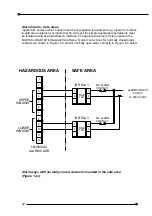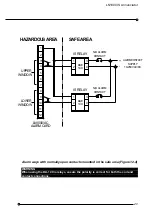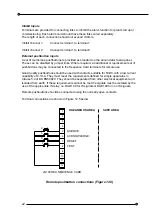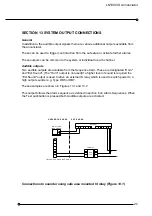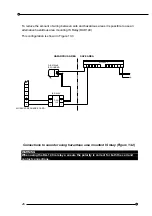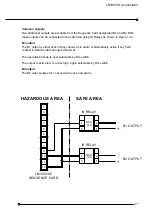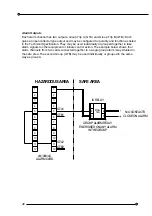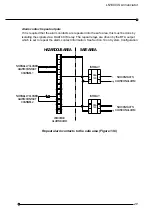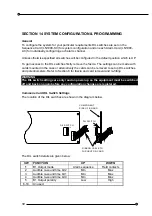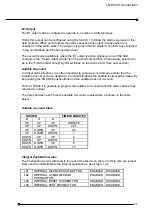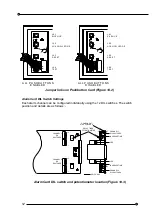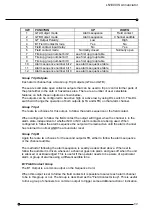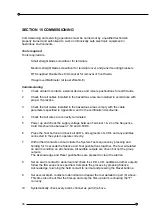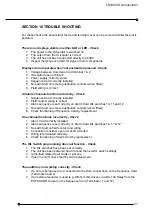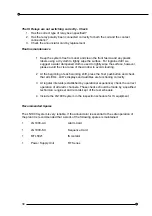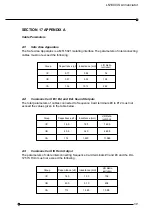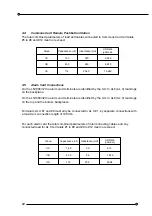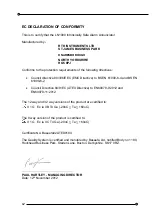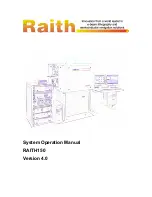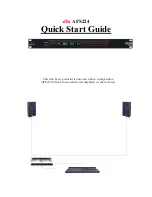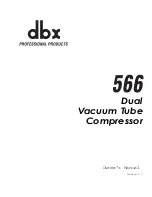
56
SECTION 15 COMMISSIONING
Commissioning and servicing operations must be carried out by a qualified technician
properly trained and authorised to work on intrinsically safe electronic equipment in
hazardous environments.
Tools required
Tools required are:
Small straight blade screwdriver for terminals
Medium straight blade screwdriver for terminal cover and panel mounting brackets
RTK supplied Double Hex 8mm socket for removal of front fascia
IS approved Multimeter (at least 20kohm/V)
Commissioning
1
Check all alarm contacts, external devices and remote pushbuttons for earth faults.
2
Check that all cables installed in the hazardous area are installed in accordance with
proper IS practice.
3
Check that all cables installed in the hazardous areas comply with the cable
parameters specified in Appendix A and in the certification documents.
4
Check that all wires are correctly terminated.
5
Power up and check the supply voltage between Terminal 1 & 2 on the Sequence
Card this should be between 7.5V and 8.5VDC.
6
Press the Test button and check all LED's, all segments of LCD's and any audibles
connected to the system operate correctly.
7
With all field contacts normal initiate the System Test sequence by pressing and
holding for 3 seconds the Silence and Test pushbuttons together. The test simulated
an alarm condition on all channels. All audible outputs are driven but not the group
outputs.
The Acknowledge and Reset pushbuttons are pressed to clear the alarms.
8
Set an alarm contact to abnormal and check the LED, LCD, audible and other outputs
follow the ISA sequences specified. Complete the process by pressing Silence,
Acknowledge, returning the field contact to normal and pressing the Reset buttons.
9
Set several alarm contacts to abnormal and repeat the test detailed in part (8) above.
This time also check that the first-up and only the first-up alarm is showing the "F"
correctly
10
Systematically check every alarm channel as part (8) above.

